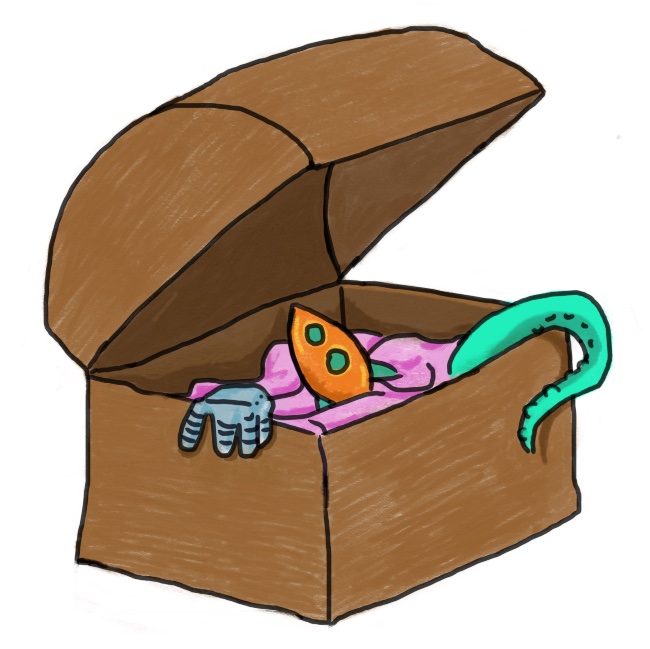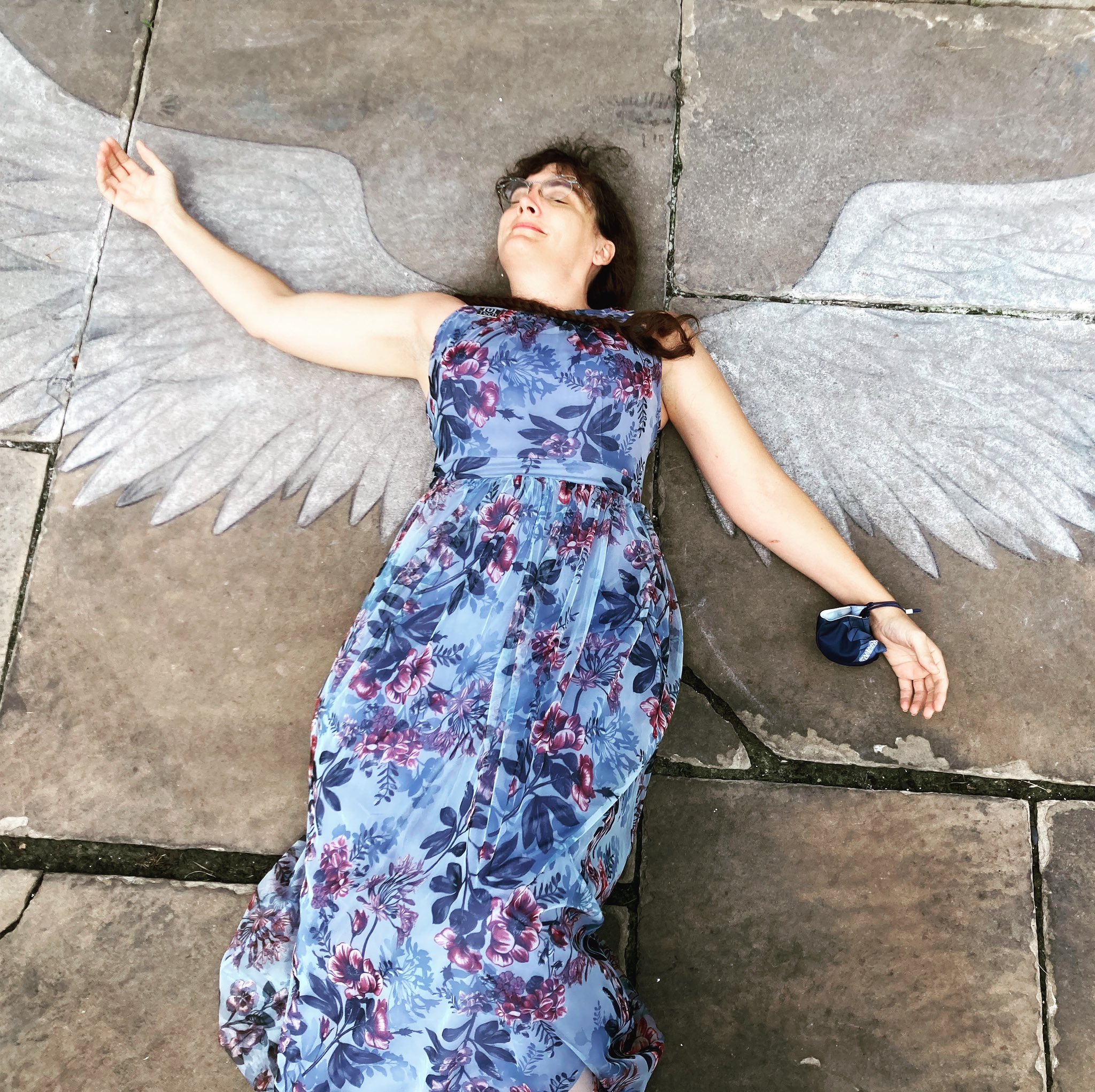Another “Total Request Marie” topic! How is it different revising a poem verses a novel verses a short story.
The short answer is, a poem is like a painting, a short story is like an invisible vase, and a novel is like a topiary.
The long answer beings, “Let me explain.” 😀

A poem is in part a visual object, and I edit visually. I’ll read up and down, back and forth, moving a comma or deleting a single word, trying a different one in its place. I’m dabbing and dotting, not knowing how it’s going to work until I look at what I’ve done.
So, like a drawing, it’ll start out as a vague structure, with placeholder lines, placeholder words. Something I can sharpen and make more distinct with each pass.
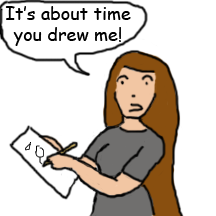
A story is like an invisible vase. I’ve written a whole series of posts on this analogy. Basically, you mash your clay into a form you imagine, then you trim and tighten and finesse the form, but it’s invisible, see, you can’t tell if you did it right until someone else looks at it. Then you may find you didn’t reach the shape you were going for at all! Often I have to pause and think and go do something else to realize what was missing or mis-placed in the story. Then I go back and fix it, and show it to yet someone else. (It’s still invisible.)
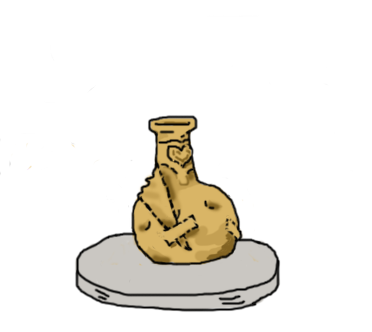
(Obviously, I can’t always rely on having another person read every draft I write. So sometimes the “Someone else” who reads to render the invisible vase visible is me, with a day or two to gain perspective.)
So, while I can’t see a whole short story at a glance the way I can a poem, I always have, from start to finish, the idea of the shape I want it to be to go back to. An invisible vase in my mind.
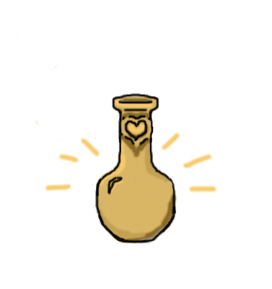
A novel, though, is too big to have a single “shape” to keep in mind. A novel is like growing a topiary tree. One of those ones with the braided trunks. Novels require many interconnecting parts, and you grow one, and you grow another, and you step back and see maybe part a (plot) is overpowering part b (character) so you trim it back a little. Or part c (theme) is veering off too far from the trunk, so you tie it back in to b or a. There’s a lot of not looking at the whole thing with novels. The only way to look at the whole thing is to read the draft all the way through, and that can take me weeks. (I have a day job.) .
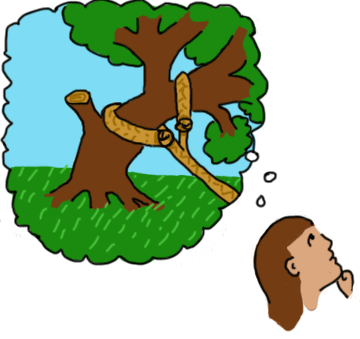
So what I do is I work on a branch, or a set of branches, or one of the trunks. I’ll skim the whole novel, just looking at character, or just this one sub-plot, and then when I feel I have it working, I’ll step back and look at the whole thing. Sometimes I have to stop looking at the big picture because I’ve found a branch that needs serious re-direction… so I do. Because of the size and complexity of novels, I always rely on notes and outlines as I edit, letting me stop looking at one branch for a bit but pick it back up again.

Anyway, I hope this answers the question.

